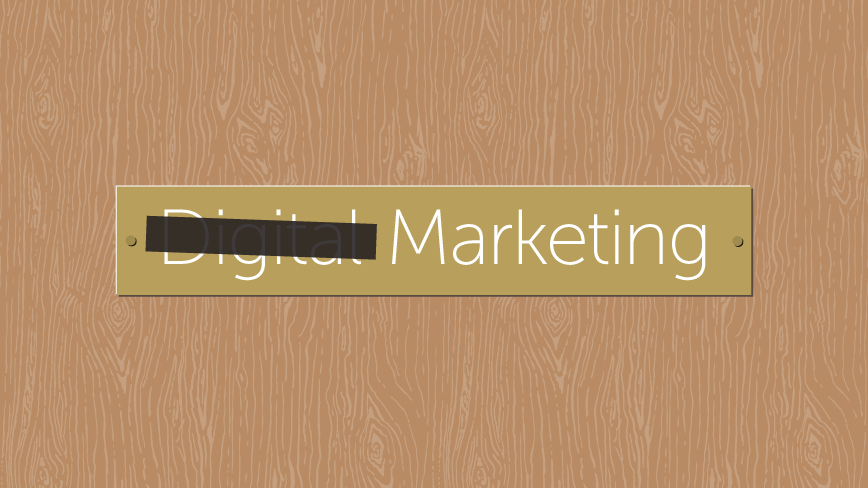Digital, interactive video and different platform experiences play key roles as the state of marketing practices develop and adapt further in the coming years.
The growth of online digital platforms and the data they created caused an incredible evolutionary marketing shift within the past ten years. Now, the world’s biggest brands and those following in their footsteps have come to adopt these changes into their marketing structure. Instead of endless focus groups, there are plenty of test cases in the form of engaged online users. Instead of years-long R&D cycles, there are early-access adopters in the form of crowdfunding backers.
For some traditionalists, things may have become a little bit too different, but more non-traditional changes are on the way. Here is what marketing could look like in the very near future:
Digital Marketing Becomes Just Marketing
As agencies and brands upskilled to adopt digital marketing methods into their overall marketing strategy, a divide began to form. In one part of the building, a group of people sat around a table to discuss the qualities their next product should embody. In another part, a second group tallied up numbers from campaigns as well as data sources, such as social listening, attribution technologies and data-focused qualitative studies.
The result of this contrast was two groups trying to accomplish the same task in different ways with silos inevitably developing. We are in the midst of breaking down these silos, but the end result should be more than just shared territory. Instead, it should be full-scale assimilation.
Traditional marketing must adopt data-oriented testing and hypothesizing into its workflow to succeed.
“Ultimately the aim in the mature organizations should be to reduce specialist digital skills and agencies as digital becomes integrated as part of marketing activities,” writes Dave Chaffey.
This “post-digital” world takes marketing technology and data-oriented workflows as givens rather than as red-headed stepchildren in need of specialized attention.
Video Replaces Content Marketing
Content marketing is still relevant as brands of all shapes, sizes and types mature their content strategies. However, content marketing is also currently experiencing a rapid evolution. Text-only articles that once saturated search engine results were first supplanted by infographics, followed by video. Research shows that video content is preferred overwhelmingly by millennial audiences.
Interactive video-based content now straddles the line between all formats while offering a wealth of experience for users. As technology like virtual and altered reality mature, do not expect digital experiences to be so easy to define in the coming years. Blended with other trends like native advertising, the future will likely be populated by content that seamlessly instructs, entertains and advertises.
1:1 Omnichannel Experiences Expand
App downloads have seen a sharp decline, as people have come to rely on their web browser as their primary portal for online content consumption. People are also spending less time in social media apps, an activity that used to dominate most of their mobile time.
These two trends mean that people’s attention span is fragmented through a multitude of experiences rather than just one predictable channel. Consequently, brands are realizing that they must use tools to have meaningful one-on-one interactions with customers on their preferred channel.
Such tools break through silos of content hosts while gathering consistent user engagement data, even as data travels across many channels and devices. As marketing continues to progress, there could soon be even more solutions that promise to integrate all digital and traditional engagement fronts into one seamless technology-driven experience for brands and consumers alike.

